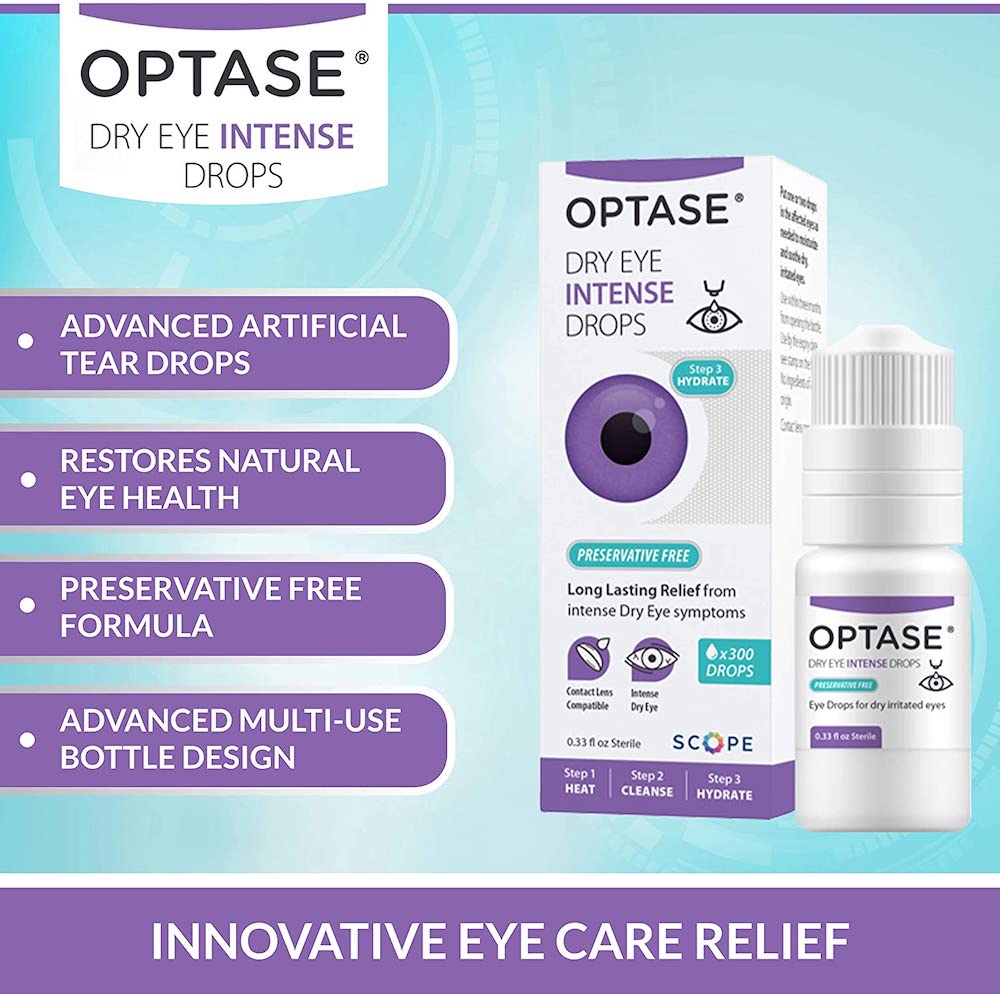The advent of 5G technologies may have a far greater impact than just increasing bandwidth and capacity for our cellphone networks.
Remote Treatment of Diabetic Retinopathy May Be Possible
Imagine you're a patient with bleeding in the retina from diabetes but no easy access to a retinal specialist eye surgeon. It may now be possible for the doctor to treat you without being in the same room.
Researchers are currently looking into whether or not the new technology can offer real-time "telephotocoagulation" treatments for diabetic retinopathy.
A study was recently published in the JAMA Ophthalmology, which shows how the faster 5G technology could deliver treatments to patients in rural areas.
The study involved a retinal specialist utilizing videoconferencing technology to assist local ophthalmologists in treating patients with either severe proliferative diabetic retinopathy or non-proliferative diabetic retinopathy.
The retinal specialist used a remotely controlled laser via a computer. Video transmission of the operation interface, real-time image of the fundus, the laser treatment room and the digital laser device monitor was transmitted to the retinal specialist who then directed the laser system to perform the photocoagulation.
All patients were successfully treated and no adverse events occurred during the treatment. However, not all of the patients reported satisfactory short-term outcomes. Researchers were encouraged that the treatment plans themselves were transmitted without loss of signal quality, pixilation or image buffering.
A randomized clinical trial would be needed to demonstrate whether the procedure affects vision outcomes as well as the risk of complications.














